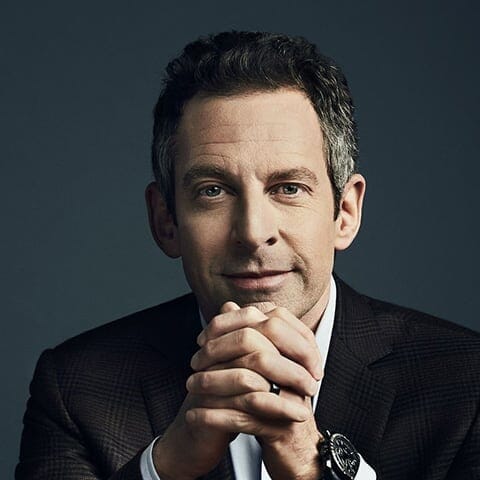 author
authorDiscover the Best Books Written by Neil de Grasse Tyson
Neil deGrasse Tyson is an American astrophysicist, author, and science communicator. Tyson studied at Harvard University, the University of Texas at Austin, and Columbia University. From 1991 to 1994, he was a postdoctoral research associate at Princeton University. In 1994, he joined the Hayden Planetarium as a staff scientist and the Princeton faculty as a visiting research scientist and lecturer.
In 1996, he became director of the planetarium and oversaw its $210 million reconstruction project, which was completed in 2000. Since 1996, he has been the director of the Hayden Planetarium at the Rose Center for Earth and Space in New York City. The center is part of the American Museum of Natural History, where Tyson founded the Department of Astrophysics in 1997 and has been a research associate in the department since 2003.
From 1995 to 2005, Tyson wrote monthly essays in the "Universe" column for Natural History magazine, some of which were later published in his books Death by Black Hole (2007) and Astrophysics for People in a Hurry (2017). During the same period, he wrote a monthly column in StarDate magazine, answering questions about the universe under the pen name "Merlin." Material from the column appeared in his books Merlin's Tour of the Universe (1998) and Just Visiting This Planet (1998). Tyson served on a 2001 government commission on the future of the U.S. aerospace industry and on the 2004 Moon, Mars, and Beyond commission.
He was awarded the NASA Distinguished Public Service Medal in the same year. From 2006 to 2011, he hosted the television show NOVA ScienceNow on PBS. Since 2009, Tyson has hosted the weekly podcast StarTalk. A spin-off called StarTalk began airing on National Geographic in 2015. In 2014, he hosted the television series Cosmos: A Spacetime Odyssey, a successor to Carl Sagan's 1980 series Cosmos: A Personal Voyage. The U.S. National Academy of Sciences awarded Tyson the Public Welfare Medal in 2015 for his "extraordinary role in exciting the public about the wonders of science."
Tyson's research has focused on observations in cosmology, stellar evolution, galactic astronomy, bulges, and stellar formation. He has held numerous positions at institutions, including the University of Maryland, Princeton University, the American Museum of Natural History, and the Hayden Planetarium.
In 1994, Tyson joined the Hayden Planetarium as a staff scientist while he was a research affiliate at Princeton University. He became acting director of the planetarium in June 1995 and was appointed director in 1996. As a director, he oversaw the planetarium's $210 million reconstruction project, which was completed in 2000. Upon being asked for his thoughts on becoming director, Tyson said, "when I was a kid... there were scientists and educators on the staff at the Hayden Planetarium... who invested their time and energy in my enlightenment... and I've never forgotten that. And to end up back there as its director, I feel this deep sense of duty: I serve in the same capacity for people who come through the facility today that others served for me".
Tyson has written a number of popular books on astrophysics. In 1995, he began to write the "Universe" column for Natural History magazine. In a column he authored for a special edition of the magazine called "City of Stars" in 2002, Tyson popularized the term "Manhattanhenge" to describe the two days annually on which the evening sun aligns with the street grid in Manhattan, making the sunset visible along unobstructed side streets. He coined the term in 1996, inspired by how the phenomenon recalls the sun's solstice alignment with the Stonehenge monument in England. Tyson's column also influenced his work as a professor with The Great Courses.
Best author’s book



Written books
1



















